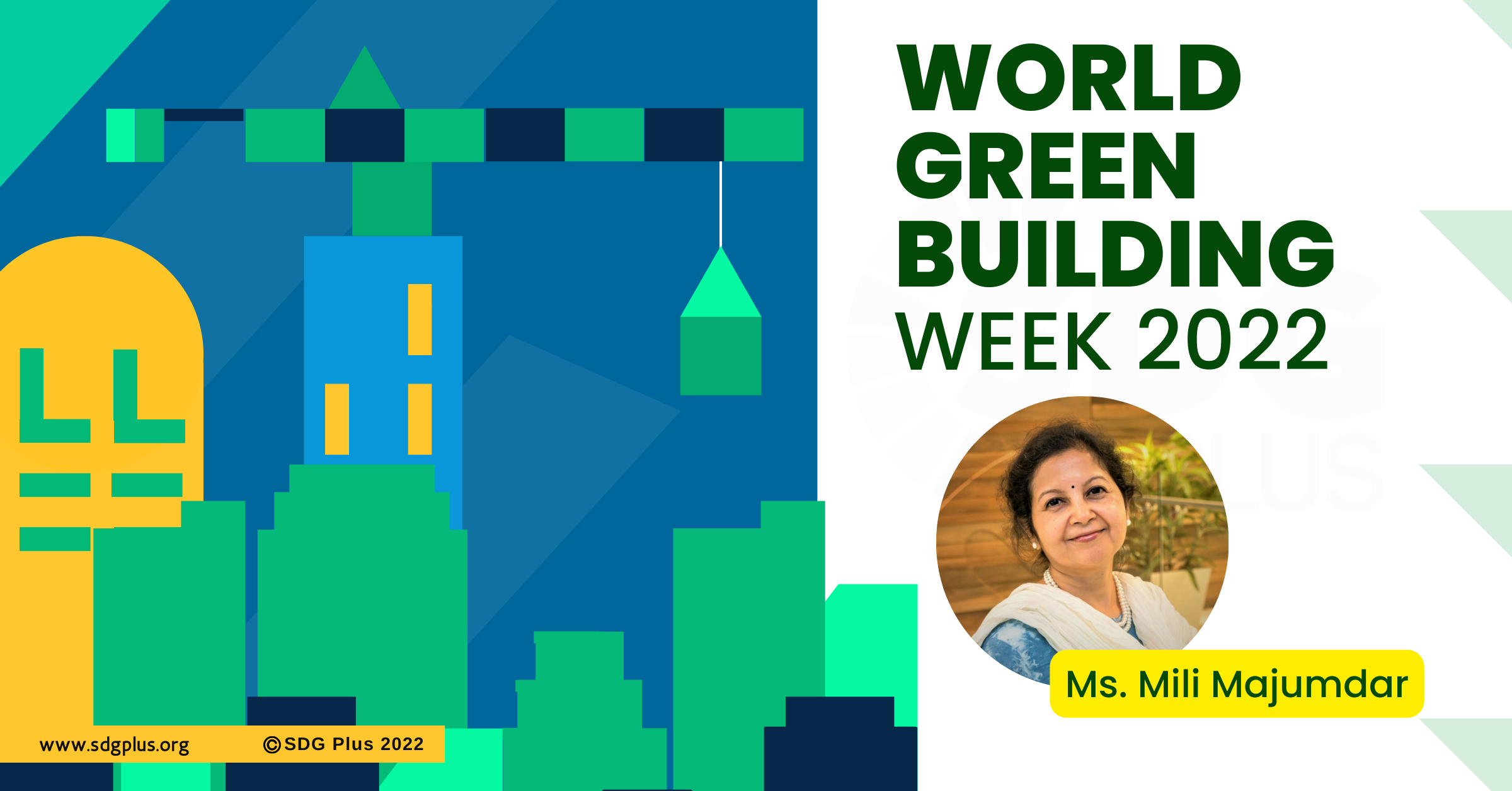Climate change, today, is not a standalone topic of debate and discussion, but the backdrop against which the operations of all industries are examined and measured. The World Meteorological Organization (WMO) estimates that around half the world’s population lives in regions and environments that are highly susceptible to the effects of climate change. Global warming, the most worrying aspect of climate change, is caused by greenhouse gas emissions from industrial activities, and the built environment is responsible for almost 40% of global energy-related carbon emissions. At the same time, it accounts for 10% of employment and 50% of all the wealth created in the world. In a call for urgent action to scale up solutions that help in creating net–zero, healthy, equitable, and resilient built environments across the world, the World Green Building Week this year focuses on the theme of #BuildingForEveryone.
